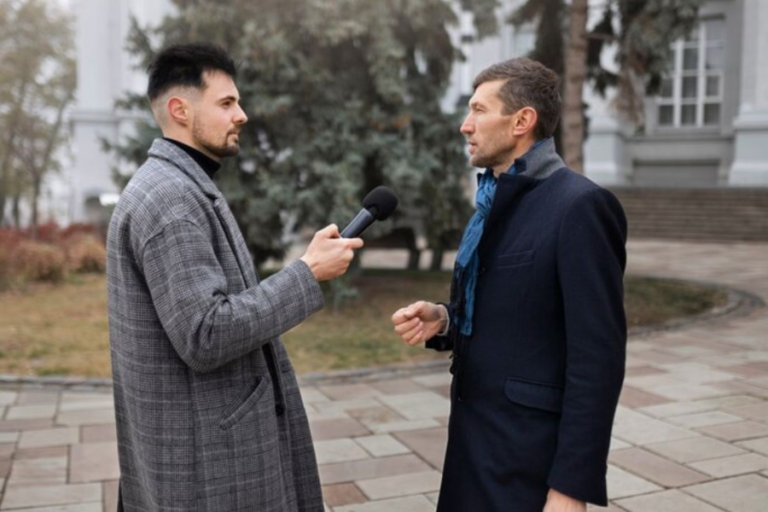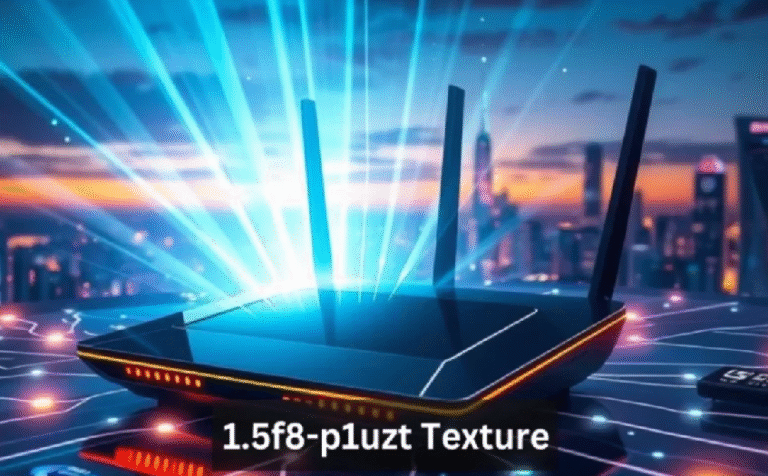The Mystery Behind “PAI ISO” on Your Credit Card Statement
Greetings and welcome to pai iso, your go-to source for understanding unusual charges, financial transparency, and what those cryptic credit card line items really mean.
Imagine this: You’re enjoying a quiet moment, browsing through your online credit card statement, and suddenly — there it is — a line that catches your eye: “PAI ISO”. You don’t remember buying anything from anyone with that name. What is pai iso, and more importantly, is it legit?
Before your anxiety hits DEFCON 1, take a breath. Let’s break down what pai iso really is, why it’s showing up on your bill, and what you can do about it.
Decoding the Term
Let’s start with the basics. PAI ISO stands for Payment Alliance International Independent Sales Organization. It sounds technical (and slightly intimidating), but it’s not necessarily a cause for concern. Here’s what it means in plain English:
- PAI (Payment Alliance International) is a company that provides ATM and payment processing services.
- ISO (Independent Sales Organization) refers to a third party that is authorized to sell merchant services, such as card processing equipment and systems.
In short, when you see pai iso on your statement, you’re looking at a payment that went through a third-party processor—likely via an ATM or small retailer that uses PAI’s systems.
How Did This Get on My Statement?
You may be thinking, “I didn’t buy anything from ‘pai iso,’ so why am I seeing it?” Good question. The most common reason you’ll see pai iso listed is because you used your debit or credit card at an ATM that isn’t affiliated with a major bank.
These types of ATMs, often found in convenience stores, gas stations, bars, and casinos, are operated by companies like Payment Alliance International. Because these machines aren’t part of your bank’s network, they charge an extra transaction fee, and that fee is processed through pai iso.
Common Places You Might Encounter PAI ISO Charges
Still not convinced? Let’s explore some typical scenarios where a pai iso charge might appear:
- Withdrawing cash at a gas station ATM
- Using an out-of-network ATM at a bar or restaurant
- Purchasing items from a small shop or kiosk
- Visiting a flea market with portable card readers
- Using payment terminals in rural or independent locations
These merchants rely on third-party processors like pai iso to handle credit and debit card transactions when big-name banks are not involved.
Is PAI ISO a Scam?
The good news? pai iso is not a scam. It’s a legitimate payment processor that serves thousands of businesses across the U.S. In fact, Payment Alliance International is one of the largest ATM operators in North America.
That said, it’s important to verify the details. If you truly don’t remember using your card in a location or for a purpose that matches a pai iso charge, you may want to take further steps:
- Check the date and location of the transaction.
- Compare it to your travel, shopping, or cash withdrawal activity.
- Ask anyone who might’ve had access to your card if they used it.
If after all that, the charge still seems fishy, call your bank or card issuer immediately.
Why PAI ISO Appears Instead of the Actual Merchant Name
Another reason the term pai iso might confuse people is because it doesn’t always clearly identify the merchant or ATM where the transaction happened. Instead of naming the gas station, store, or ATM owner, your bank might just label it under pai iso, because that’s who processed the payment.
This is especially common when dealing with independent ATMs or mobile card readers used at farmer’s markets, food trucks, or pop-up shops.
Charges You Might See Related to PAI ISO
You may see different variations of pai iso charges on your statement, including:
- “PAI ISO ATM Fee”
- “PAI ISO Transaction”
- “PAI ISO Withdrawal”
- “PAI ISO Processing”
These are all essentially the same thing—a fee or charge processed through pai iso, usually tied to an ATM withdrawal or small merchant purchase.
What to Do If You Don’t Recognize the Charge
Let’s say you still don’t recognize a pai iso charge, even after retracing your steps. Here’s what to do:
- Review Your Recent Transactions: Think about any cash withdrawals, especially at independent ATMs.
- Call Your Bank: Ask for more information about the transaction—many banks can provide the merchant address or name.
- Dispute the Charge: If it still seems unfamiliar, most card issuers will let you dispute it and block future similar charges.
- Monitor for Fraud: Set up account alerts and watch for other unfamiliar charges.
Tips to Avoid Unexpected PAI ISO Charges
While pai iso is legitimate, avoiding surprise charges is always ideal. Here’s how you can steer clear of unnecessary fees:
- Stick to in-network ATMs from your bank when possible.
- Check for fee disclosures before using any ATM—by law, ATMs must show the fee before completing the transaction.
- Use cash-back features at grocery stores or drugstores instead of third-party ATMs.
- Review your statements regularly to catch and understand unfamiliar terms like pai iso early.
Is There a Way to Get a Refund from PAI ISO?
In most cases, pai iso charges are non-refundable since they’re transaction fees for using out-of-network services. However, you may be able to:
- Contact your bank and ask if they’ll waive the fee (some do, especially for premium account holders).
- Reach out to the merchant or ATM owner, though success here varies widely.
- Submit a formal dispute if the charge seems fraudulent.
FAQs
Q: Is pai iso safe?
A: Yes, pai iso is a secure and reputable third-party payment processor. It’s widely used in the U.S. to process ATM withdrawals and merchant card transactions.
Q: Why didn’t the merchant’s name appear on my statement?
A: That’s because the transaction was processed through pai iso, which may act as a middleman between the cardholder and the merchant.
Q: Can I stop pai iso charges from appearing?
A: You can minimize or avoid these charges by using your bank’s ATMs, avoiding unknown or unbranded machines, and choosing merchants that use direct processing systems.
Q: Is pai iso only used for ATMs?
A: While most pai iso charges are ATM-related, they can also show up when small businesses use Payment Alliance International terminals for purchases.
Q: Can someone use my card and leave a pai iso trail?
A: Yes. If someone has unauthorized access to your card, they could use it at an ATM or merchant that processes via pai iso, so always report suspicious activity.
Final Thoughts
The next time you spot a pai iso charge on your credit card or bank statement, don’t panic. It’s likely tied to a legitimate transaction through an ATM or small business. But stay vigilant—if anything feels off, it’s worth investigating further.
Understanding what pai iso is can save you from unnecessary stress, help you recognize how modern payment processing works, and empower you to take charge of your finances with confidence.
Keep an eye for more latest news & updates on Hamro Solarllc!






